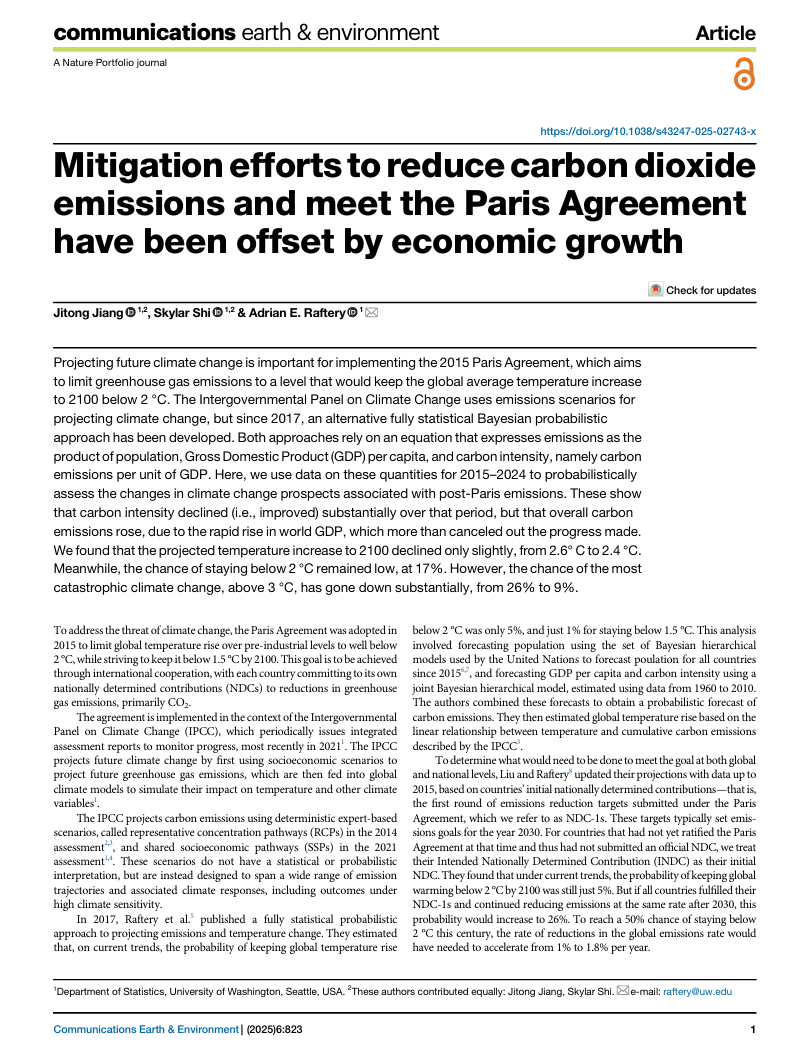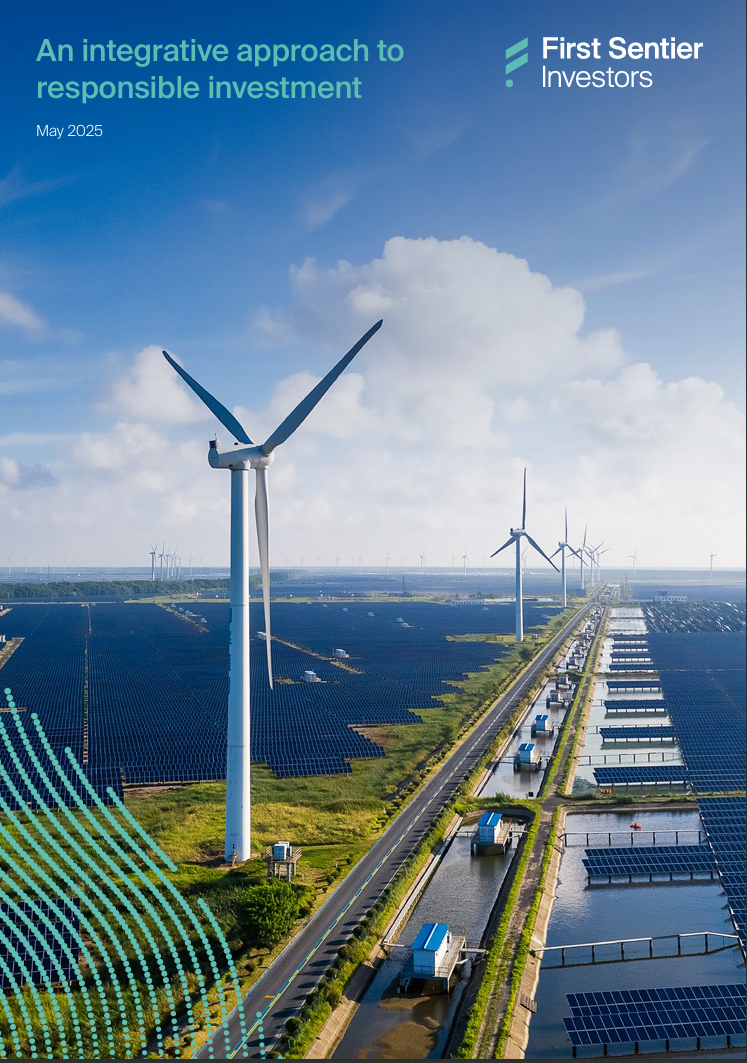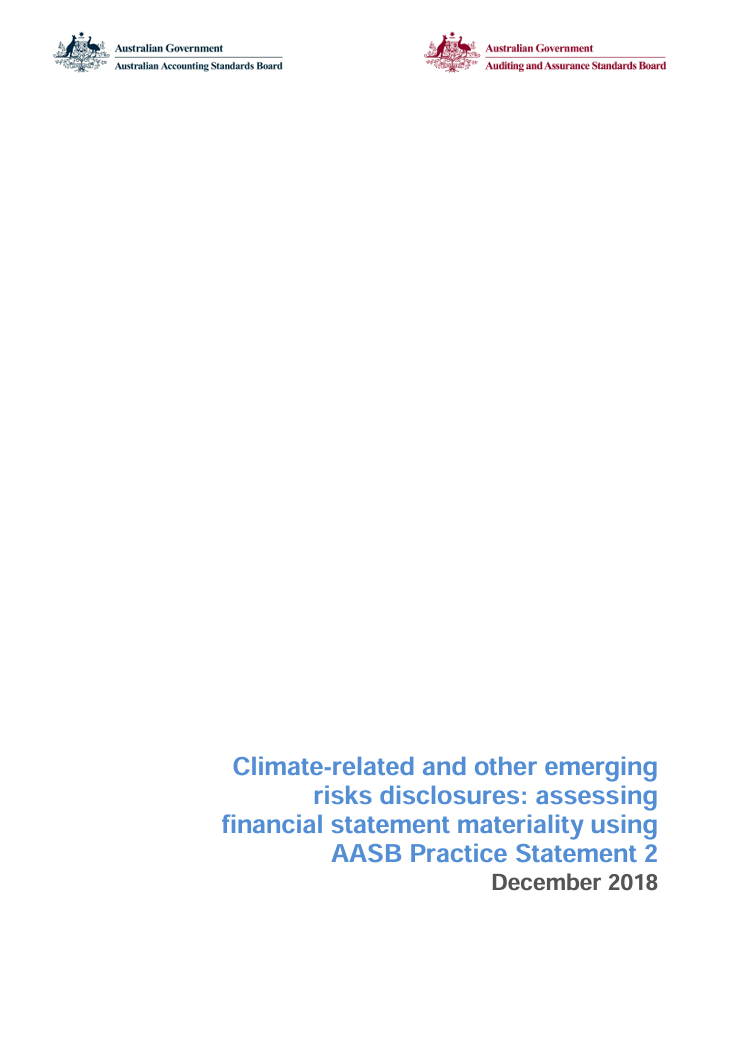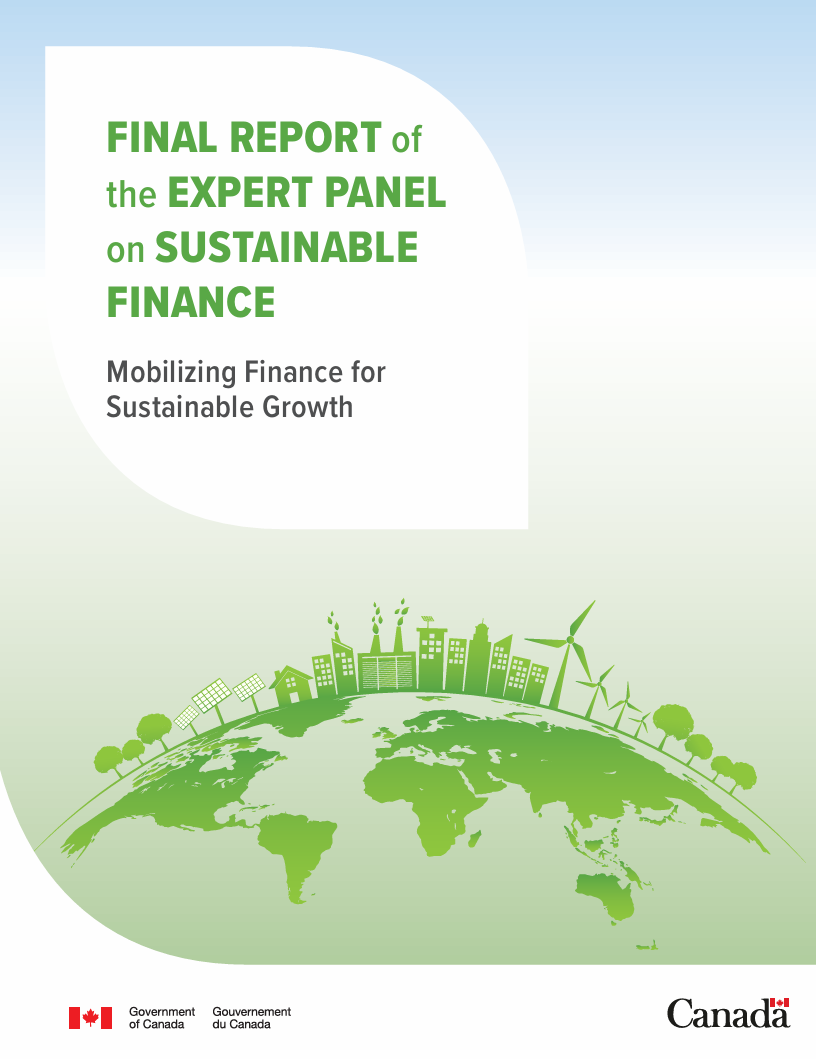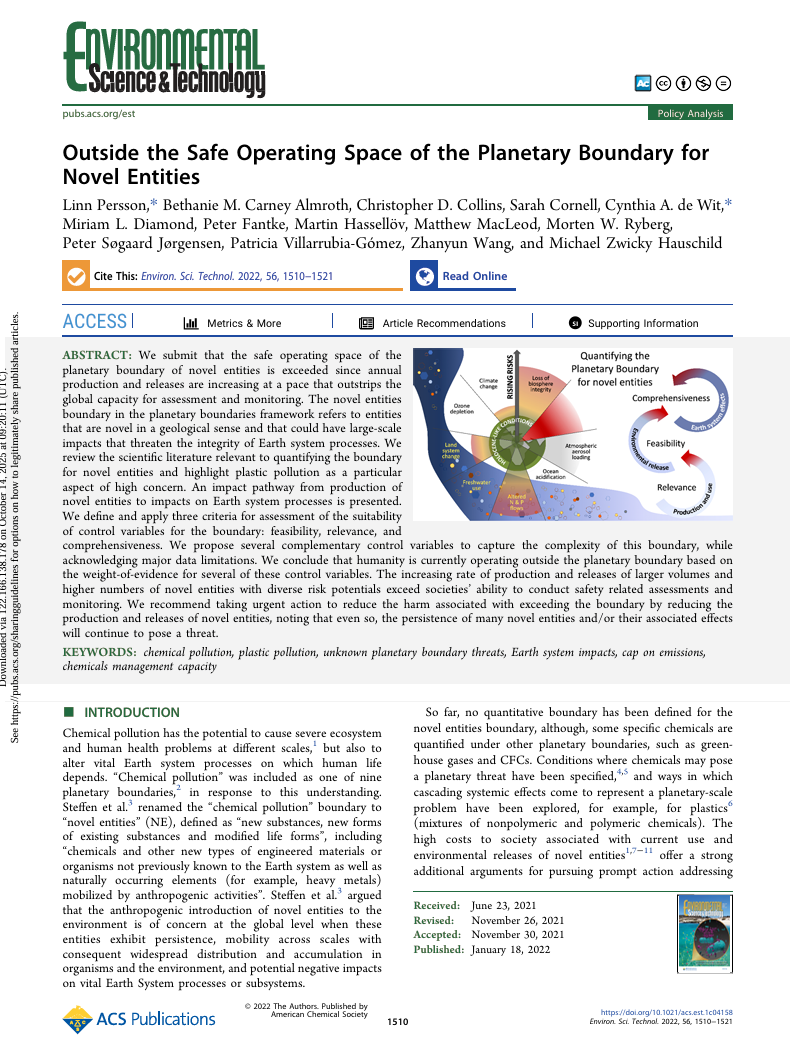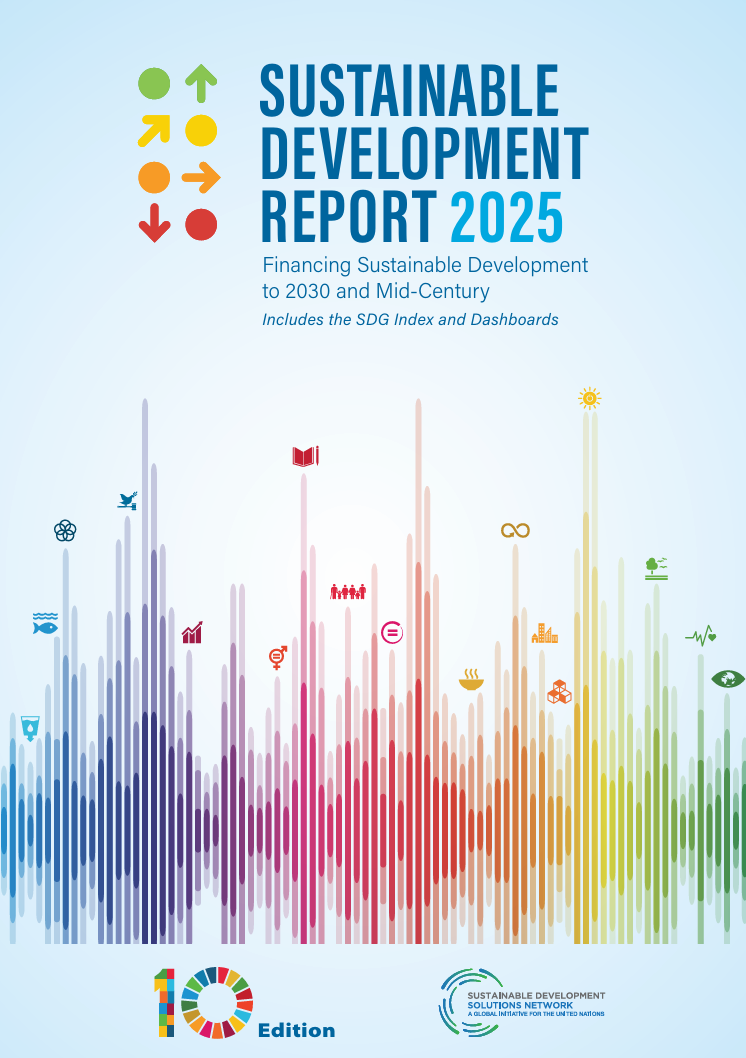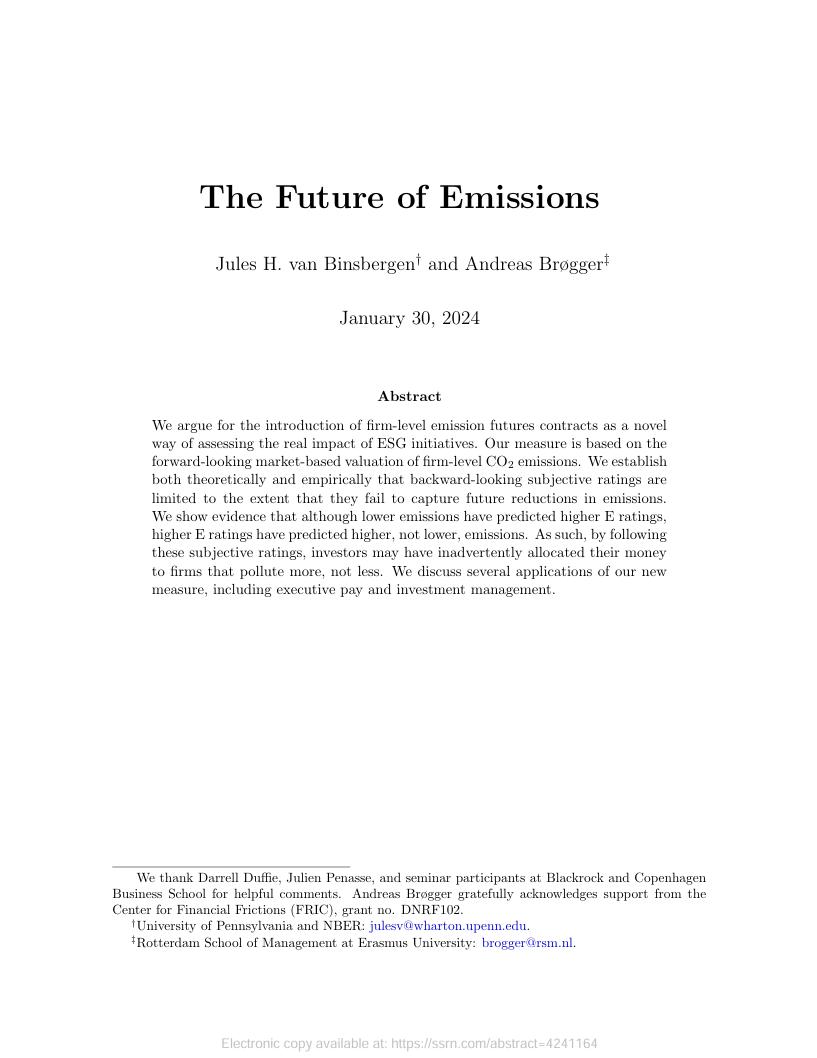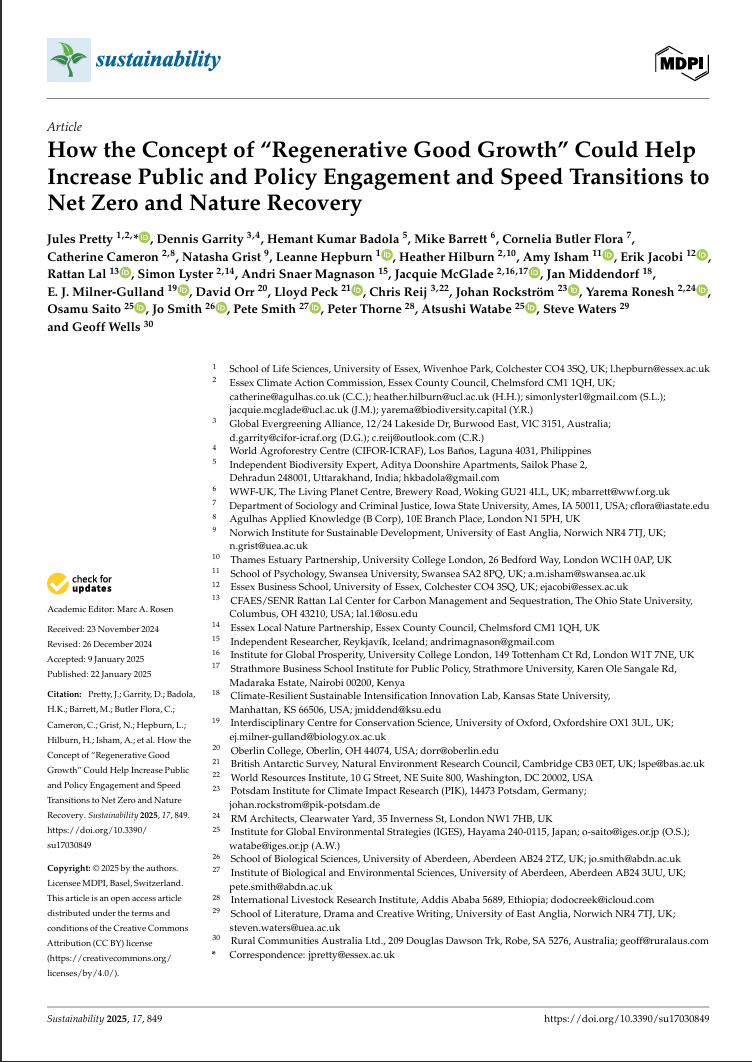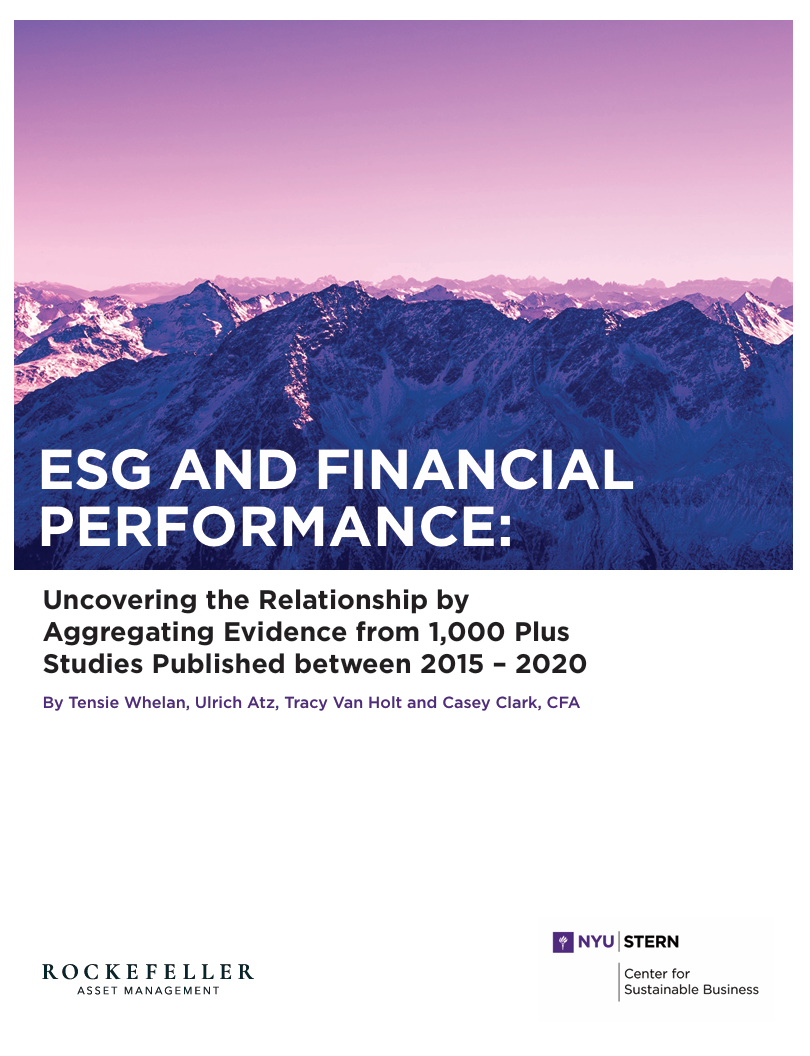Library | ESG issues
Environmental
The environmental pillar in ESG (environmental, social, and governance) assesses an organisation’s impact on the planet. It includes issues such as climate change, biodiversity, waste management and water management. Strong environmental practices help businesses reduce risks, comply with regulations, and drive long-term sustainability.
Refine
1219 results
REFINE
SHOW: 16


Mitigation efforts to reduce carbon dioxide emissions and meet the Paris Agreement have been offset by economic growth
The report analyses post-2015 trends in carbon dioxide emissions using Bayesian probabilistic models. Despite a 25% drop in global carbon intensity since the Paris Agreement, economic growth offset these gains, increasing total emissions by 5.6%. Projections indicate a 2.4 °C temperature rise by 2100 and only a 17% chance of staying below 2 °C.
Show me the (sustainable) money II: Investors that allocate capital to sustainability transitions
This report summarises asset managers allocating capital to sustainability and transition-focused investments. Published by the World Business Council for Sustainable Development and SRI-Connect, it profiles firms investing in environmental, social and economic transition strategies to help companies attract sustainability-oriented investors.
An integrative approach to responsible investment
This report by First Sentier Investors outlines a holistic approach to responsible investment that integrates environmental, social and governance (ESG) factors. It argues that considering synergies and trade-offs across ESG issues enables better risk management and long-term value creation. Case studies illustrate practical applications across supply chains, infrastructure and resource sectors.
Sustainable Finance Roundup September 2025: Policy, Markets, and Momentum
This month’s sustainability roundup covers Australia’s new 2035 emissions target, ASIC’s final climate disclosure guidance, and Fortescue’s revised transition plan. It also examines global developments, from ISSB reporting updates and TNFD nature disclosures to Woodside’s gas extension, rising physical climate risks, and evolving ESG policy debates shaping corporate and investor responses.
Lazard Levelized Cost of Energy
The Lazard Levelized Cost of Energy+ 2025 report compares the economics of power generation, storage, and system reliability across technologies. It finds renewables remain the most cost-competitive, storage costs are falling due to market and technological shifts, and firming costs rise as renewable penetration increases, requiring diverse generation solutions.
Climate-related and other emerging risks disclosures: Assessing financial statement materiality using AASB Practice Statement 2
This report summarises guidance from the AASB and AUASB on applying AASB Practice Statement 2 to climate-related and other emerging risks. It explains how such risks may be material to financial statements, outlines related accounting and auditing considerations, and emphasises the need for transparent disclosure and investor-relevant information.
Final report of the expert panel on sustainable finance: Mobilizing finance for sustainable growth
This report summarises recommendations from Canada’s Expert Panel on Sustainable Finance to mobilise private capital for low-carbon, resilient growth: improve market clarity and standards (incl. TCFD), build national climate data (C3IA), and develop financing solutions such as green and transition instruments, infrastructure investment, and building retrofits, supported by enabling policy.
Outside the safe operating space of the planetary boundary for novel entities
This report summarises evidence that humanity has exceeded the planetary boundary for novel entities, including chemicals and plastics. It finds that their production and emissions are increasing faster than global capacity for risk assessment and regulation, thereby threatening Earth system stability and requiring urgent action to reduce production and releases.
Sustainable development report 2025
The Sustainable Development Report is a benchmark series that tracks global and national progress toward achieving the UN Sustainable Development Goals (SDGs). Produced annually by the Sustainable Development Solutions Network (SDSN) and partners, it presents the SDG Index and Dashboards, offering comparable data, analysis, and trends for all UN member states.
The Real Tragedy of the Horizon
Mark Carney’s “tragedy of the horizon” warned that markets would act too late on climate risks. A decade later, this article argues that framing climate change as a financial risk has misdirected efforts—what’s needed now is coordinated action to create investable markets, especially in emerging economies.
The future of emissions
This report proposes using firm-level emission futures contracts to better measure and incentivise real environmental impact from ESG investing. It finds that current backward-looking ESG ratings fail to predict emission reductions and may misallocate capital to higher-polluting firms. Market-based, forward-looking emission futures could improve measurement, incentives, and investment impact.
Oxford university press
Oxford University Press (OUP) is a global academic and educational publisher. It operates as a department of the University of Oxford, producing textbooks, scholarly works, English language resources and reference works. OUP emphasises digital innovation, sustainability commitments, and broad international reach in research and education.
How the concept of “Regenerative Good Growth” could help increase public and policy engagement and speed transitions to Net Zero and nature recovery
The report introduces the concept of Regenerative Good Growth (RGG) as an alternative to extractive GDP-focused models. It argues that economic progress should regenerate five renewable capitals, natural, social, human, cultural, and sustainable physical, while ensuring fairness, engagement, and reduced environmental harm. RGG promotes inclusive, low-carbon, and nature-positive transitions through diverse public participation.
MDPI
MDPI (Multidisciplinary Digital Publishing Institute) is a Swiss-based publisher of open access, peer-reviewed journals, established in 1996. MDPI publishes over 470 academic journals across science, technology and medicine, with authors covering article processing charges to enable unrestricted global access.
ESG and financial performance: Uncovering the relationship by aggregating evidence from 1,000 plus studies published between 2015 – 2020
This report summarises over 1,000 studies (2015–2020) and finds that most show a positive relationship between ESG and financial performance. ESG integration and long-term strategies tend to enhance returns and risk management, while disclosure alone has limited financial impact.
Rockefeller Capital Management
Rockefeller Capital Management (RockCo) delivers wealth management, asset management and investment banking services grounded in the Rockefeller legacy. Serving individuals, families and institutions, RockCo emphasises bespoke financial solutions, generational wealth planning and strategic advisory — combining innovation with long-standing trust.
